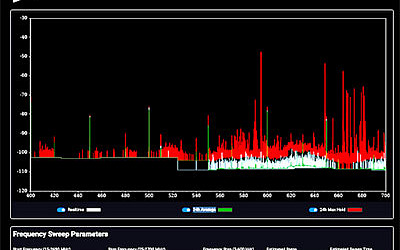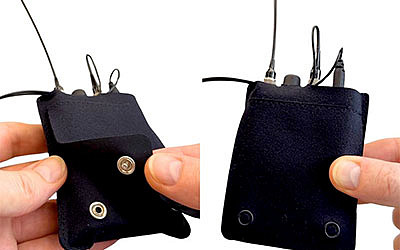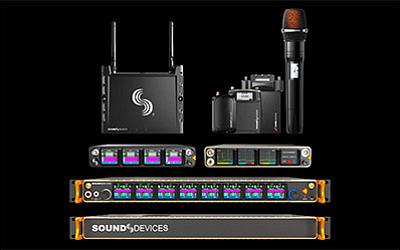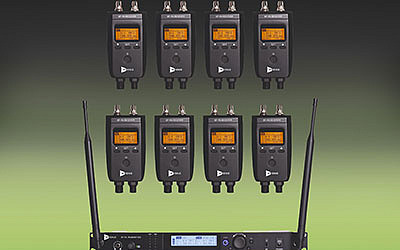With release 3.2.0 of Control Cockpit, Sennheiser simplifies the set-up and management all networked microphone systems such as evolution wireless G3 and G4, SpeechLine Digital Wireless and TeamConnect Ceiling 2. In the context of education applications, the easy management of campus-wide microphone systems saves IT teams’ time, cost and effort.
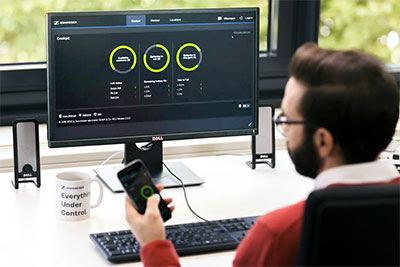 Control Cockpit software provides centralized monitoring and control for Sennheiser microphone systems ranging from evolution wireless G3 and G4 to SpeechLine Digital Wireless and TeamConnect Ceiling 2. The software provides IT staff with a real-time overview of all networked devices on campus, including their location and status, and is accessible from anywhere in the network on all common platforms.
Control Cockpit software provides centralized monitoring and control for Sennheiser microphone systems ranging from evolution wireless G3 and G4 to SpeechLine Digital Wireless and TeamConnect Ceiling 2. The software provides IT staff with a real-time overview of all networked devices on campus, including their location and status, and is accessible from anywhere in the network on all common platforms.
To make routine procedures and workflows as convenient and efficient as possible, Control Cockpit offers a combination of automatic notifications, display of status information and the possibility to share responsibility and delegate tasks. Settings or firmware updates for microphones can be made remotely – as can troubleshooting, with error messages helping to identify problems and often allow for these to be rectified remotely too.
The convergence of IT and A/V equipment has increasingly brought the management of A/V assets into the domain of the IT department. As A/V gear becomes part of the IT infrastructure, the opportunity arises to create fully digital A/V management workflows. Today, the entire A/V equipment of a campus can be managed via central control software, allowing for tailored workflows that increase reliability and optimise on-campus processes. This in turn helps to provide a focused learning environment.
‘Digital workflows unlock wholly new ways of product interaction such as remote management of devices, and remote troubleshooting and support,’ says Kai Tossing, Head of Product Management, Business Communication. ‘They shift tiresome routine tasks such as checking microphones’ battery status into the digital domain where they can be performed with greater ease and efficiency.’
‘Universities find that troubleshooting has become a lot easier,’ said Kai Tossing. ‘When they get a phone call from a lecture hall saying that the microphone does not work it is often sufficient to take a look at the dashboard to see that the microphone has been muted or the sensitivity has been modified – things the IT staff can immediately rectify via the Control Cockpit.’
The advantages of a centralised control software are especially obvious in to battery management, relieving university IT staff of the need to visit every lecture hall or classroom to check the battery status on each and every microphone – the dashboard identifies all microphones with low batteries and their location.
For campus-wide installations, a further helpful feature is the out-of-range detection for wireless microphones. When activated, the system administrator will be notified via e-mail and/or text when a wireless microphone leaves the range of the receiver, thereby avoiding situations where microphones get mixed up or misplaced on campus.
With the update to version 3.2.0, Sennheiser has further optimised workflows, providing graphical indication of the wireless link status, improved filtering for device types and the ability to select multiple charging units.
